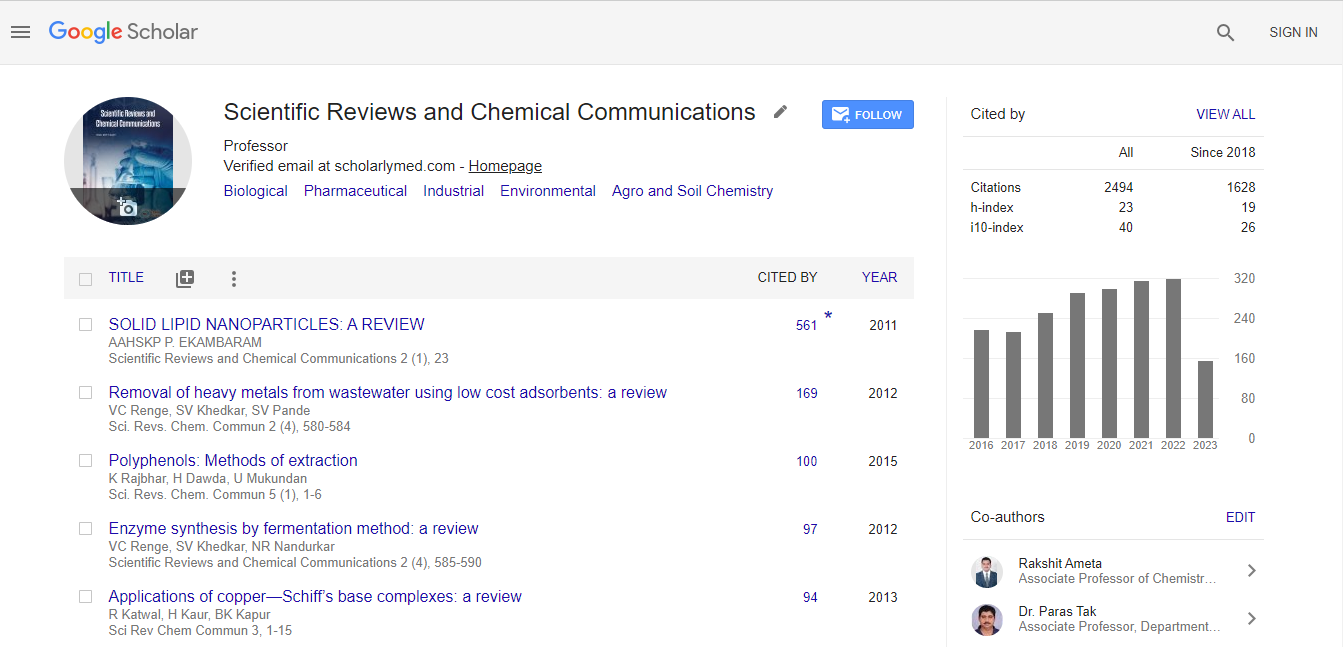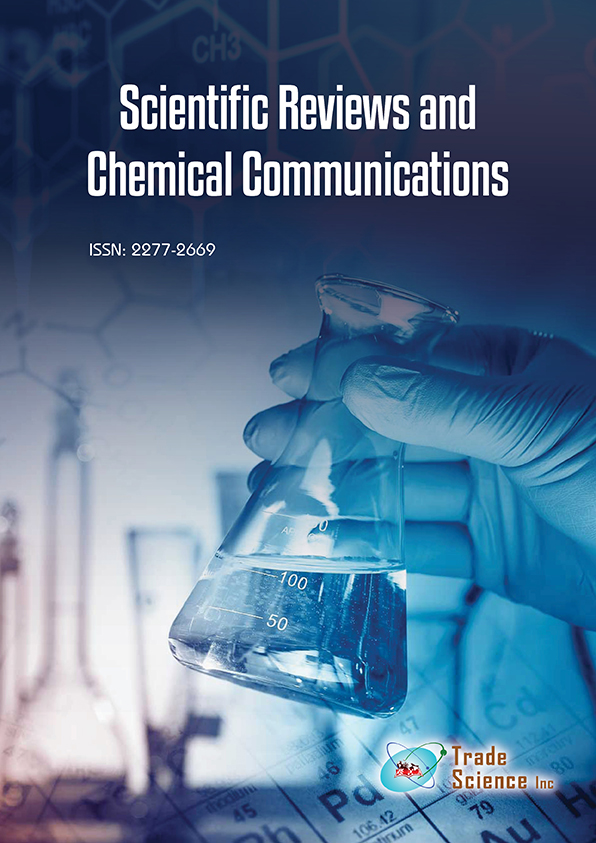Short communication
, Volume: 10( 5)Direct effects of ionizing radiation on biological molecular systems
Author Name: Jean-Christophe Poully
Abstract
To understand the effects of ionizing radiation on biological molecular systems, it is crucial to control the experimental conditions, especially in terms of temperature and phase. Irradiation of a solution at room temperature mainly leads to the formation of free radicals from the solvent. These species then chemically react with biomolecules, leading to secondary processes such as bond cleavage, cross-linking and generally quenching of biological activity. All these indirect effects require diffusion of free radicals from the solvent to the biomolecule, which occurs at rates that decrease by several orders of magnitude from room to cryogenic temperatures. To study direct effects, frozen, lyophilized, crystallized, dried but also isolated molecules can be used. These last years, at the CIMAP lab, we have investigated the structure and stability of isolated collagen mimetic peptides and antibiotic/receptor non-covalent complexes of controlled mass and stoichiometry, by means of home-made experimental set-ups and through international collaborations.
Introduction
To understand the effects of ionizing radiation on biological molecular systems, it is crucial to control the experimental conditions, especially in terms of temperature and phase. Irradiation of a solution at room temperature mainly leads to the formation of free radicals from the solvent. These species then chemically react with biomolecules, leading to secondary processes such as bond cleavage, cross-linking and generally quenching of biological activity. All these indirect effects require diffusion of free radicals from the solvent to the biomolecule, which occurs at rates that decrease by several orders of magnitude from room to cryogenic temperatures. To study direct effects, frozen, lyophilized, crystallized, dried but also isolated molecules can be used. These last years, at the CIMAP lab, we have investigated the structure and stability of isolated collagen mimetic peptides and antibiotic/receptor non-covalent complexes of controlled mass and stoichiometry, by means of home-made experimental set-ups and through international collaborations. Our main findings are the following. First, the collagen triple helix exists in the gas phase, and its stability is not due to solvent. Second, interaction with one carbon ion at the Bragg-peak energy or ionizing photon in the VUV-X range mainly leads to ionization, vibrational energy deposition and intermolecular followed by intramolecular fragmentation (cf. figure 1). Radical-mediated mechanisms such as loss of neutral molecules from amino acid side chains have been found to play a big role. Our most recent studies on non-covalent complexes between the antibiotic vancomycin and its receptor suggest that ionizing photons trigger very different processes depending on pH: indeed, our results show that the protonated complex does not survive, and fragments mainly via glycosidic bond cleavage, whereas the deprotonated complex mainly loses CO2 after electron detachment. In a near future, we aim at probing the radiation-induced denaturation of biomolecular systems by tandem ion-mobility spectrometry.

